World Water Day Theme: “Accelerating Change Through Partnerships and Cooperation”
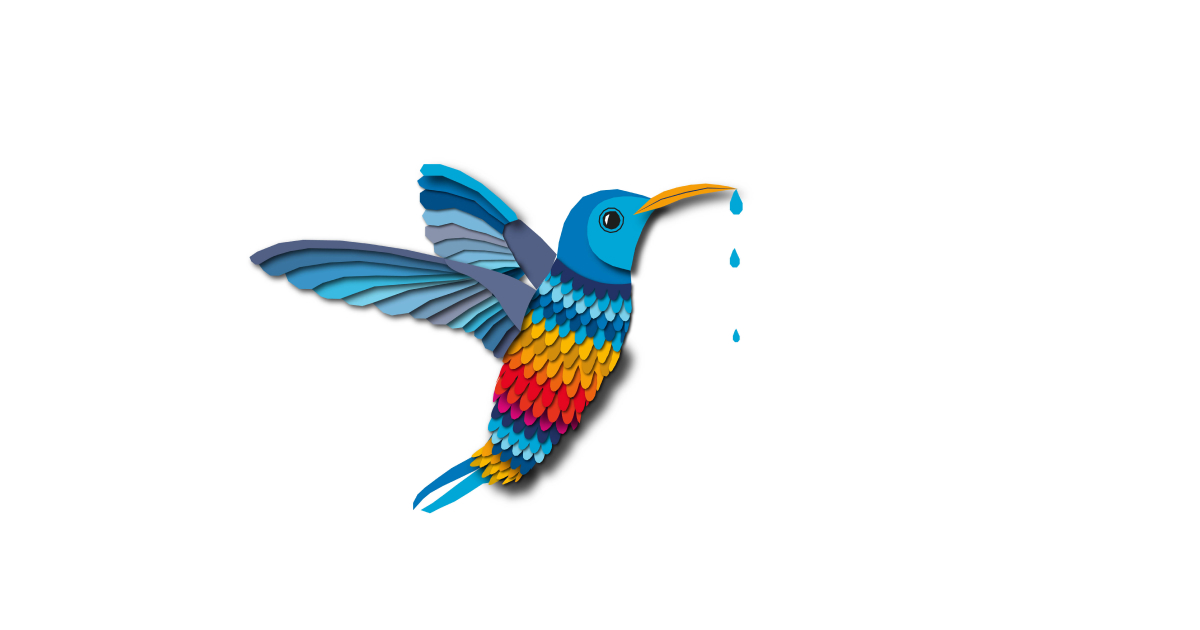
Source: UN Water
Celebrated globally on March 22nd, the World Water Day is observed this year under the theme of “Accelerating Change Through Partnerships and Cooperation”. Declared by the United Nations (UN) in 1993, the World Water Day aims to highlight the importance of protecting and sustainably managing the water resources. Organized by the UN-Water with a different theme each year, the World Water Day calls upon countries to foster global cooperation in addressing the water and sanitation crisis.
 |
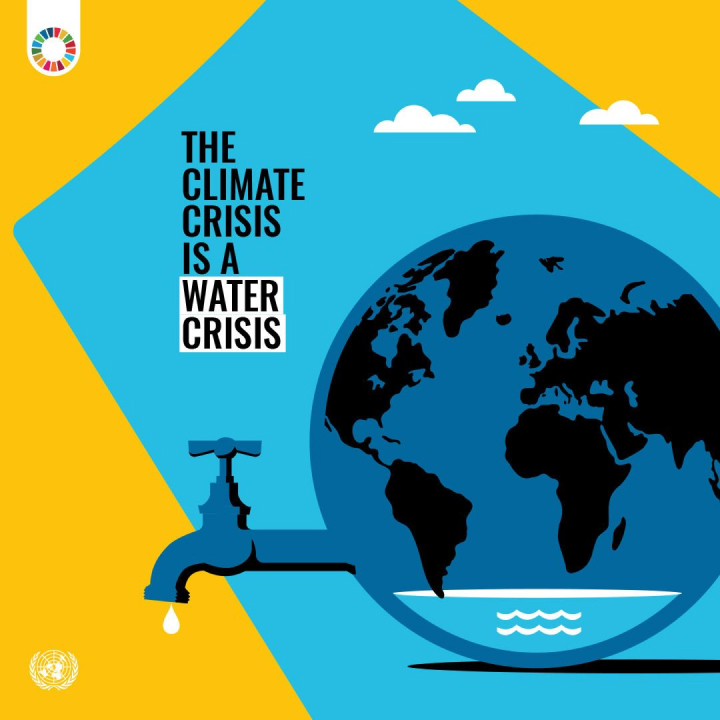 |
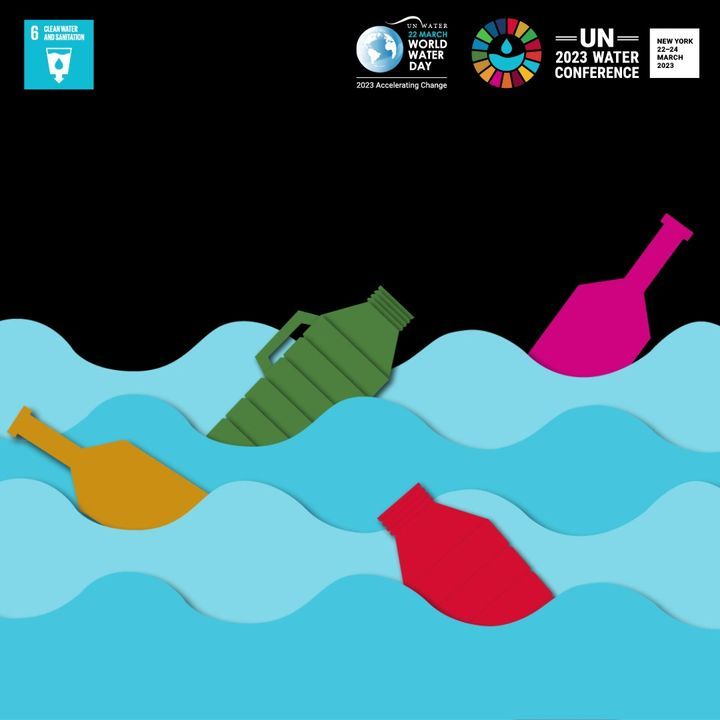 |
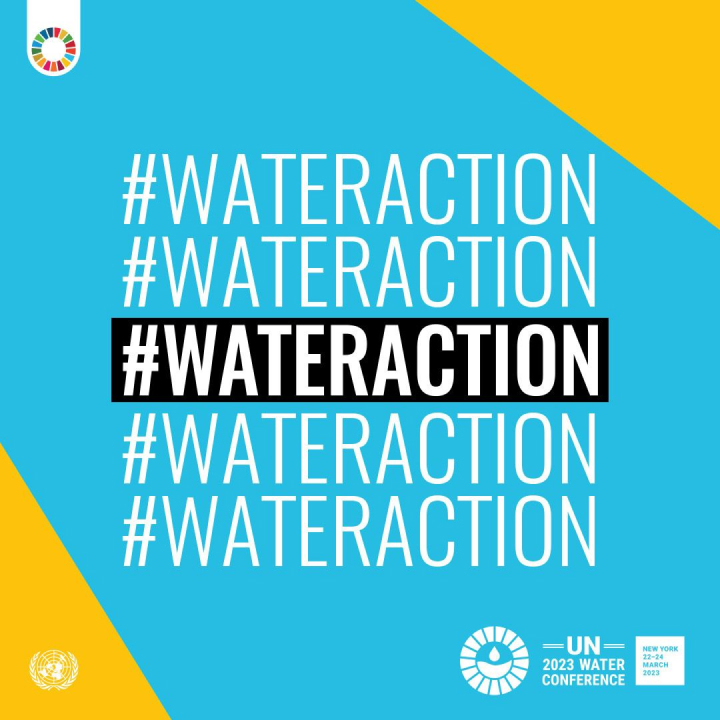 |
Source: UN Water
The theme of “Accelerating Change” aligns with the annual release of the UN World Water Development Report. As part of the 2030 Agenda, the UN committed in 2015 to act in accordance with the “Sustainable Development Goal 6” (Ensuring clean water and sanitation for all) to provide universal access to clean water and sanitation while promoting sustainable water management. Concurrent with the World Water Day celebrations, the “UN 2023 Water Conference” is scheduled to take place in New York from March 22 to 24, 2023. The conference aims to bring together a diverse array of stakeholders to form new partnerships and commitments that will lead to swift action.
Due to various factors such as population growth, climate change, industrialization, unconscious water consumption, and inadequate water management, significant challenges exist in ensuring access to clean and sufficient water. Some parts of the world are grappling with a “water crisis”, adversely contributing to the economic costs in the affected cities. Disruptions in the water balance impede progress in numerous areas, affecting the health, hunger, gender equality, labor, education, and industry.
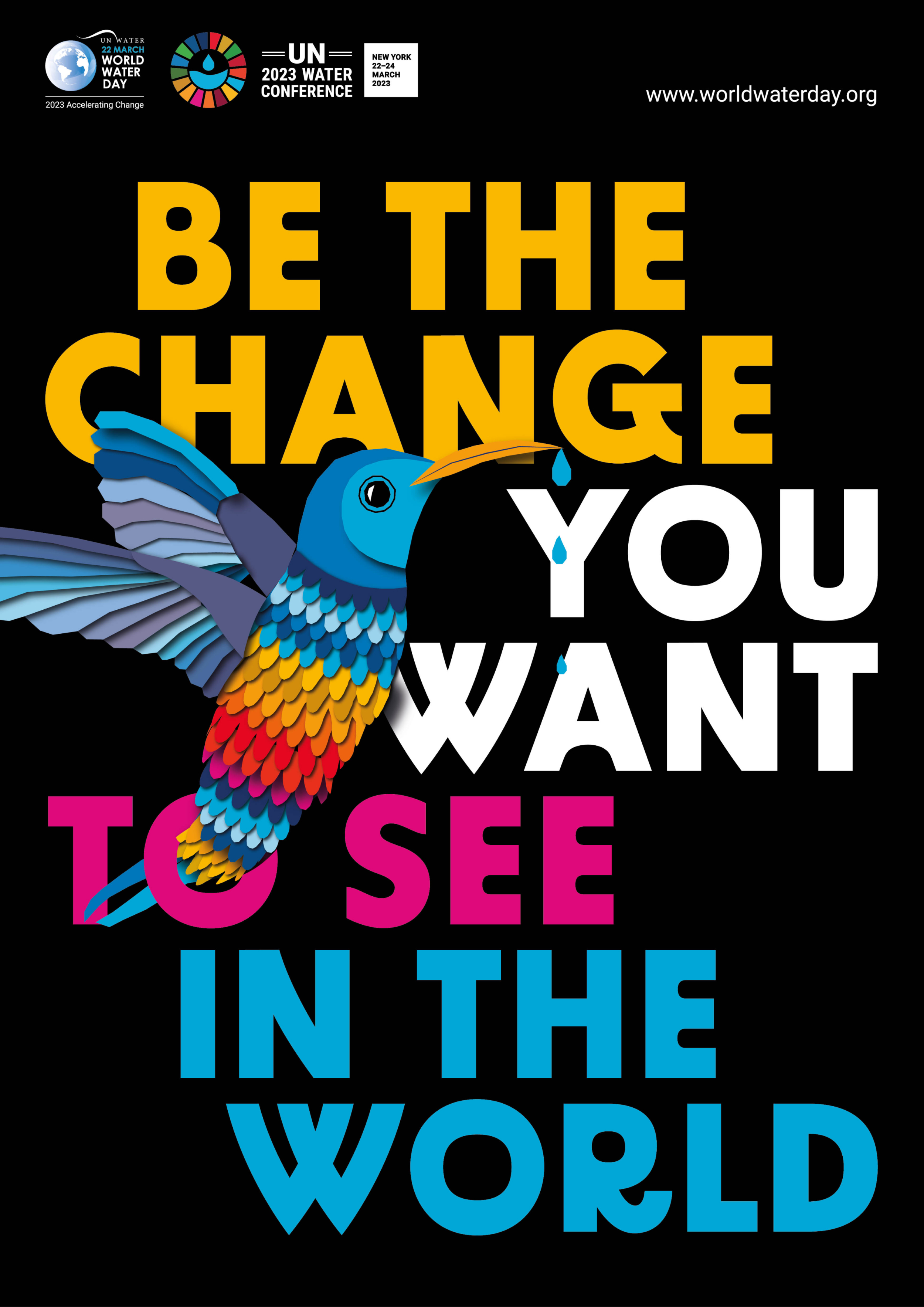
Source: UN Water
An illustration of a hummingbird is featured in the posters for the World Water Day 2023. The hummingbird on the poster serves as an inspiration for this year’s theme, emphasizing the motivation to take action for change. The theme draws from a story where a fire breaks out in the forest, and while other animals flee, a hummingbird moves towards the fire. When larger animals question the hummingbird about its actions, it explains that it is trying to extinguish the fire with water from the lake. Despite being laughed at by other animals, the hummingbird responds, “I’m doing my best”, and persists in the struggle. Taking a cue from the hummingbird’s example, we can actively participate in the battle against the water crisis and the climate crisis.
Where can we begin to take action?
- We can assess our daily water footprint to understand how much water we waste. We can make lifestyle changes to conserve the water resources.
- Being aware that the production of a single t-shirt requires approximately 2,700 liters of water, we can be mindful not to overconsume textiles.
- We can make informed choices in meat and vegetable consumption, opting for seasonal produce.
- Agriculture accounts for 70% of the highest water consumption. So, we can support eco-friendly irrigation methods in agriculture.
- By regularly checking home faucets for leaks, we can help prevent water waste.
- We can keep shower and bath times as short as possible, contributing to reducing water consumption.
- Separating waste oils and garbage for recycling, instead of pouring them down the sink, we can help prevent damage to natural resources.
- We can shop from local producers and businesses.
- We can run washing machines and dishwashers only when they are full. And we can use eco-friendly cleaning products.
- We can install systems that increase water pressure while reducing flow in kitchens, bathrooms, and sinks.
- We can repurpose the water used for washing vegetables, fruits, or boiling pasta and give it to suitable plants instead of discarding it.
- We can raise awareness by informing the others, especially children, about water consumption.
- When selecting products for our homes and ourselves, we can make informed decisions by considering the environmental impact of the product throughout its entire life cycle. We can opt for eco-friendly products from conscientious manufacturers.
What is Hitit Seramik doing to address the “Water Crisis”?
Hitit Seramik’s on-site treatment plant processes 10,000m³ of water daily. Of this, 8,500m³ of water from the polishing plant is treated and reused within the polishing plant. The remaining 1,500m³ of wastewater from other facilities undergoes treatment and is utilized in suitable areas and routine cleaning activities. Additionally, Hitit Seramik contributes to water conservation not only during production but also throughout the product’s lifetime by offering easy-to-clean and long-lasting products.
